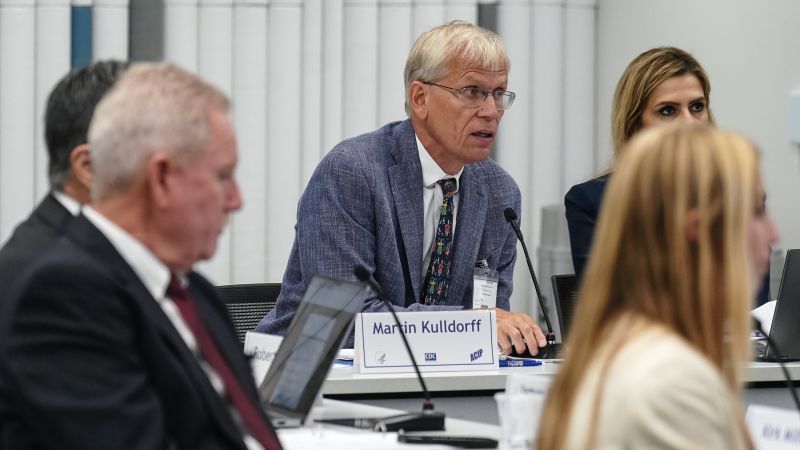Surprise Delay in Vote on Hepatitis B Vaccine

Introduction
In a chaotic and unexpected start to the meeting, vaccine advisers to the US Centers for Disease Control and Prevention voted 11-1 to delay a vote on changes to a newborn hepatitis B shot. This delay came as a surprise after a lengthy and heated discussion on hepatitis B vaccines that are typically given to newborns shortly after birth.
Key Details
The delay in the vote was caused by concerns over the safety and effectiveness of the new hepatitis B vaccine. Some experts voiced concerns about the potential side effects and the need for more research before making a decision. This delay also allowed for further discussion and consideration of other vaccines, such as the MMRV vaccine, which was also up for a vote during the meeting.
Impact
This unexpected delay has caused confusion and concern among parents and healthcare providers who rely on the CDC's recommendations for vaccines. The decision to delay the vote highlights the importance of thorough research and consideration when it comes to the safety and efficacy of vaccines. It also serves as a reminder of the complex and often contentious discussions that take place when it comes to public health policies and decisions.
About the Organizations Mentioned
US Centers for Disease Control and Prevention
The **U.S. Centers for Disease Control and Prevention (CDC)** is a premier federal public health agency under the U.S. Department of Health and Human Services, headquartered in Atlanta, Georgia. Founded on July 1, 1946, as the Communicable Disease Center, it evolved from the World War II-era Malaria Control in War Areas program, initially tasked with controlling malaria around military bases in the southern United States[1][2][3][5]. Its mission has expanded significantly to encompass disease prevention, health promotion, environmental health, and emergency preparedness. The CDC's early focus was on infectious diseases such as malaria and typhus, with major efforts including mosquito abatement and spraying millions of homes with DDT to combat malaria[2][4]. Over time, it broadened its scope to include polio, smallpox, chronic diseases, injury prevention, toxic chemicals, occupational health, and health statistics[4][5]. The agency also developed a reputation for "shoe-leather epidemiology," conducting field investigations to identify and control outbreaks[6]. Key achievements include managing the 1955 polio vaccine crisis, which restored public confidence in immunization programs, and guiding national influenza vaccination policies after the 1957 epidemic[6]. The CDC established the National Center for Injury Prevention and Control in 1992, highlighting its role in addressing broader public health issues[2]. It also operates advanced biosafety level 4 laboratories and maintains operations domestically and internationally[4]. Today, the CDC serves as a global leader in epidemiology and public health science, providing vital data, health education, disease surveillance, and grants to improve health outcomes. It consolidates expertise across infectious diseases, immunization, environmental health, and health promotion, partnering with academia, industry, and governments worldwide[5][9]. Its blend of scientific innovation, field investigation, and public health leadership makes it a cornerstone institution in global health security and emergency response. Notable aspects include its historica









